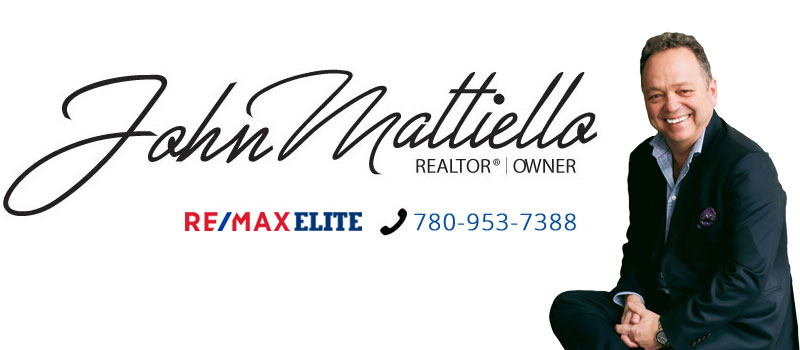The condominium corporation has the right to ask you to provide a security deposit if you are renting your unit. The security deposit is intended to cover any damage to the common property or exclusive use areas caused by your tenant. The security deposit cannot be more than what you are charging for one month’s rent.
When you give the condominium board notice that you are no longer renting the unit to a tenant, the board must deliver a statement of account and any unused portion of your common property security deposit to you within 20 days. A statement of account will outline any deductions made by the condominium corporation and why the deductions were made.
In some cases, a condominium board may need additional time to determine how much needs to be deducted from the deposit (i.e. a contractor needs to provide an estimate of costs). If this is the case, the board must provide an estimated statement of account within 20 days and a final statement of account within 60 days.
You can ask the tenant for a security deposit on your unit but you cannot use this money to pay the condominium corporation’s security deposit. You must put the tenant’s security deposit money into a trust account within 2 banking days of receiving it. You may also be required to pay interest on the tenant’s security deposit. For more information about security deposits, visit Laws for Landlords and Tenants in Alberta.
Under the Residential Tenancies Act (RTA), you must do written unit move-in and move-out inspection reports with your tenant and ensure both you and the tenant each have a copy of each. You cannot make any deductions from a tenant’s security deposit to pay for damage they have done to your unit if you have not completed written move-in and move-out inspection reports



